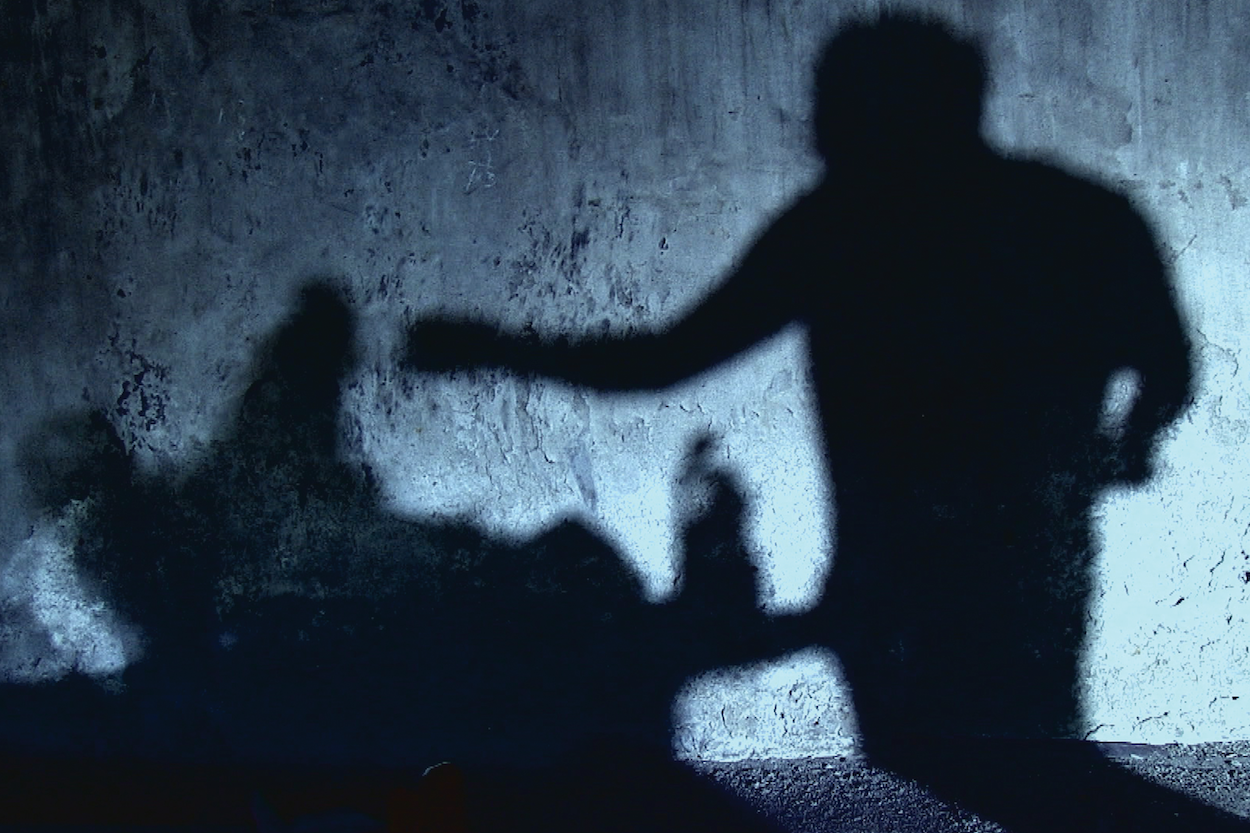by Brian Hioe
語言:
English
Photo Credit: Film still from “Fantasy”
“Fantasy” is showing on Monday, October 16th and Friday, October 20th at the 2017 Women Make Waves Film Festival Taiwan.
“FANTASY” (橋仔頭的春秋大夢), directed by Yen Lan-Chuan (顏蘭權) and Chuang Yi-Tseng (莊益增), provides a look at the last days of the Ciaotou Sugar Refinery in Kaohsiung, which was converted into an artists’ village by a group of artists who hoped to preserve the structure. In particular, the Ciaotou Sugar Refinery (橋頭糖廠) dated to the Japanese colonial period and was later used by the KMT as a cash cow. As such, it was a structure which had seen multiple colonial periods in Taiwanese history, before later becoming residence for a group of artists’.
The film, then, consists of a series of segments in which different artists that have resided at the Ciaotou Artists’ Village discuss their motivations for living and residing in Ciaotou, touching on issues of identity and history. The focus of the film, however, is on how the Ciaotou Sugar Refinery has served as a “stage” for the fantasies of the different artists that have resided there. Accordingly, the film eschews a traditional narrative, and each segment is highly stylized. Artists describe their twenty years of inhabiting Ciaotou.
 Film still. Photo credit: Fantasy
Film still. Photo credit: Fantasy
What comes across with each artist is how each aestheticize and mythologize their motivations for residing in the Ciaotou Sugar Refinery and hoping to preserve it and how they understand their personal work in relation to the Ciaotou Sugar Refinery. Sometimes this verges on the mytho-poetic. As a documentary, then, one can class “Fantasy” alongside similarly stylized Taiwanese documentaries in recent years, the most famous of which may be “Le Moulin”.
The film is not fully successful when the film encounter difficulties tying together all of the artists into a coherent whole. A surrealistic stage play is used to explain the background of the Ciaotou Sugar Refinery in the beginning of the film, narrated by the child of two of the artists living in Ciaotou, but the transition between different segments about different artists using title cards is sometimes too abrupt.
Along such lines, film would have likely been better served from having narrative arc between the different individual segments, rather than having each segment been disconnected from every other segment, which would have aesthetically unified the film, and the film could have benefitted from showing interactions between the different artists living in the artists’ village. Moreover, there is nothing to conclude the film in a satisfactory manner apart from the fact that artists eventually left the artists’ village when it was redeveloped, and title cards which reveal what eventually became of the different artists after they left the artists’ village.
Although attempts are made to establish an aesthetic unity for the film using piano music featured throughout the film and the thematic of the Ciaotou Sugar Refinery serving as a “stage” for fantasies of the the artist residents, the piano music comes off as too derivative and detrimental to the uniqueness of the artistic production by resident of the Ciaotou Sugar Refinery. Similarly, the thematic of the Ciaoutou Sugar Refinery serving as a “stage” is not sufficiently developed in the film.
 Film still. Photo credit: Fantasy
Film still. Photo credit: Fantasy
But the Ciaotou Sugar Refinery would be one of many locations which Taiwanese artists have sought to preserve in recent years and inhabited in an effort to realize a lifestyle which integrates life with art. As with many such artists’ villages or other historical sites, these proved to be temporary, in which historical sites were eventually demolished or in which artists’ villages were commercialized. Examples include the ongoing struggle to preserve historic railways and farmland in Sigang in Tainan, as well as the eventual demolition of the Nangang Bottle Cap Factory in Taipei, and the commercialization of what were artists’ spaces in the Songshan Tobacco Factory, the Taihoku Winery, which eventually became the Huashan 1914 Cultural Park, and the Treasure Hill artists’ village.
The film’s use of a stylized, rather than realist, form of documentary, is likely in order to make the film reflect in its medium what the artists sought to fulfill in their aims. As a documentary, the film is successful in revealing what it is that motivated artists to take residence in the Ciaotou Sugar Refinery—what was oftentimes a desire for the preservation of historical treasures deeply tied to one’s sense of identity, sometimes Han Taiwanese and sometimes indigenous. This is something the film manages to accomplish showing well enough, providing a look into what is a larger social phenomenon in Taiwan, as well as documenting the last days of the Ciaotou Sugar Refinery in order to send off the twenty years of the artists’ village there.

